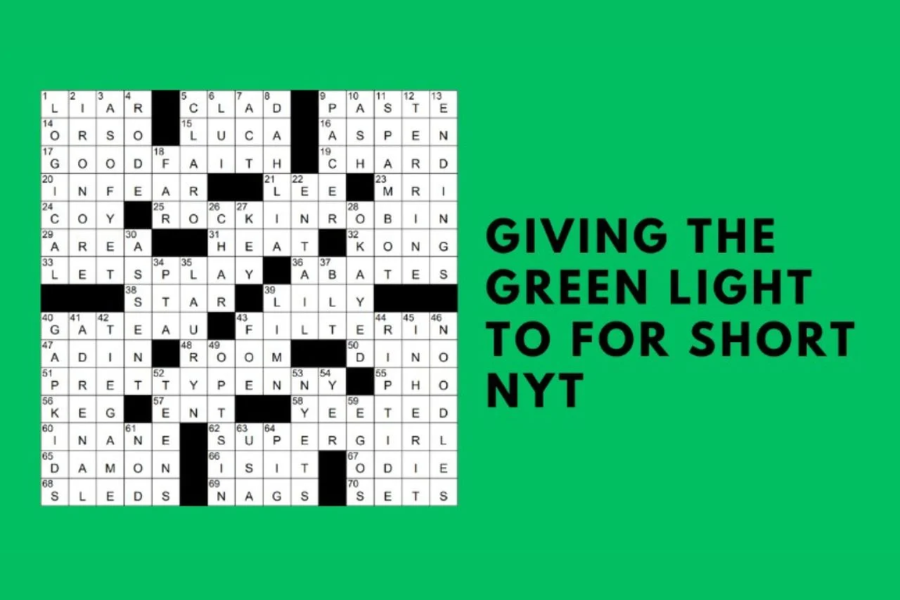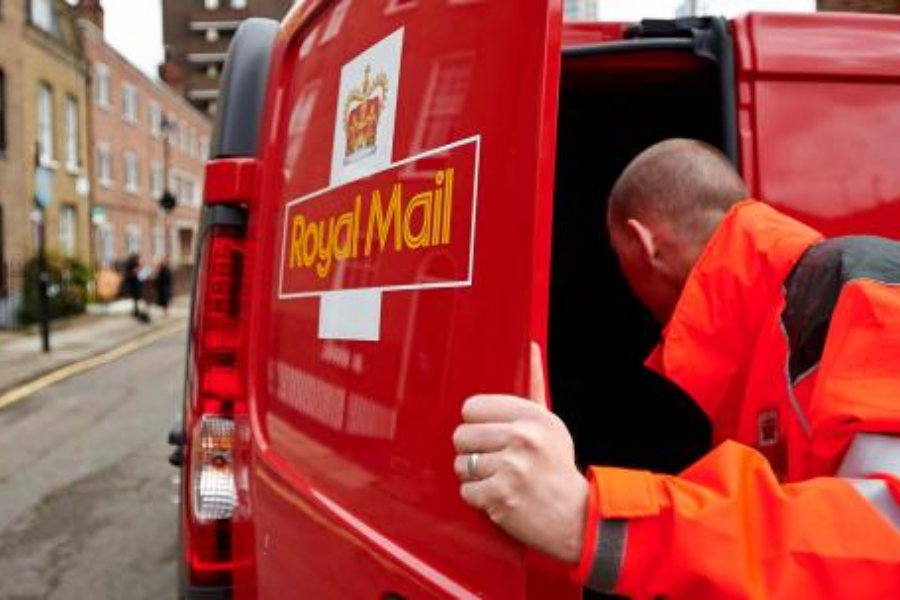Crossword puzzles have always been a source of fascination, challenging both puzzle enthusiasts and casual solvers alike. There’s an undeniable thrill in filling in those squares, unraveling cryptic clues, and piecing together the puzzle like a linguistic detective. Among the many crossword options available, one stands out for its brevity and charm: the Short New York Times (NYT) puzzle. Whether you’re enjoying your morning coffee or unwinding at the end of the day, tackling these concise challenges is a refreshing way to stimulate your brain while savoring a moment of calm.
But where did this beloved pastime begin? Why has it become such an integral part of our daily lives? Let’s delve into the world of crossword puzzles, explore their rich history, discover why they hold a special place in The New York Times, and share valuable strategies to help you breeze through your next Short NYT puzzle—giving you the green light to unlock your inner wordsmith!
The Origin of Crossword Puzzles
Crosswords, including those that give the green light to solving for short, have a rich history dating back to the early 20th century. These puzzles first appeared as a playful form of entertainment, quickly capturing the imagination of many. The inaugural crossword was published in the New York World newspaper in 1913, created by Arthur Wynne. Originally called a “word-cross,” it soon evolved into the familiar format we know today. Wynne’s creation sparked widespread interest, leading to countless publications embracing the crossword craze. As more people fell in love with this brain-teasing game, its popularity skyrocketed across diverse audiences.
By the 1920s and ’30s, crosswords became staples in newspapers and magazines, adored for their challenging nature and their ability to connect people through shared knowledge and language. This simple yet engaging pastime has since become an integral part of American culture, with millions around the world enjoying the challenge of solving crossword puzzles today.
The Popularity of Crosswords in The New York Times
Crossword puzzles have carved out a special place in the hearts of many, particularly through The New York Times. Their daily crossword has become a ritual for both dedicated enthusiasts and casual solvers. What sets this puzzle apart is its clever construction, with each grid presenting an intricate web of clues that challenge even the most experienced solvers. From pop culture references to historical facts, there’s something for everyone within the NYT crossword.
The NYT crossword has also fostered a sense of community. Whether in coffee shops or online forums, people come together to discuss strategies and share tips. This camaraderie enhances the experience, keeping players returning for more. The Sunday puzzle, in particular, draws attention with its heightened difficulty, pushing solvers to their limits. The satisfaction of completing these puzzles offers a unique sense of achievement. As the crossword continues to evolve with modern themes and trends, its appeal remains strong across generations.
How to Solve a Short NYT Puzzle
To get started, begin by scanning the grid. Identify the easiest clues first, as these will provide a solid foundation. Focus on short answers, typically three or four letters long, as they offer quick wins that build confidence. Use cross-references to your advantage—solving horizontal clues while keeping vertical ones in mind can help fill in gaps more efficiently.
Don’t be afraid to pencil in guesses; you can always correct them later if needed. Flexibility is crucial when navigating tricky sections. If you find yourself stuck, take a break. A fresh perspective can often lead to breakthroughs when you return. Most importantly, enjoy the process rather than racing against the clock; the joy of solving a puzzle lies in the challenge, not just the speed.
Tips and Strategies for Solving Puzzles Faster
Start by quickly scanning the grid to familiarize yourself with the layout. Look for common prefixes or suffixes to help fill in blanks. Focus on the clues you know first, as these will give you a framework for solving tougher clues. Don’t hesitate to jot down potential answers beside tricky clues; this can help clarify things without committing fully.
Cross-referencing is key—solving one answer often leads directly to another through intersecting letters. Practice is essential; the more puzzles you complete, the faster and more intuitive your solving becomes. Consider timing yourself during practice to build pace while keeping the experience enjoyable—just don’t stress too much about speed!
Benefits of Solving Crossword Puzzles
Solving crossword puzzles, including those giving the green light to for short NYT, offers numerous cognitive benefits. They challenge your brain, improving memory and recall. As you work through clues, you actively engage different parts of your mind. These puzzles also promote critical thinking, teaching you to connect the dots and approach problems from various angles—a skill that can be invaluable in real-life situations requiring creative solutions.
Crosswords are also a fantastic way to expand your vocabulary. Regularly encountering new words helps reinforce language skills and comprehension. It’s an enjoyable way to enrich your vocabulary without the pressure of traditional study methods. Moreover, completing a crossword puzzle provides a sense of accomplishment, boosting confidence and improving mood. The satisfaction of cracking a tough clue is hard to match.
Crosswords also foster social connections. Collaborating on a puzzle or sharing answers with friends creates bonding experiences that deepen relationships.
Keep Your Mind Sharp with Short NYT Puzzles
Engaging with short NYT puzzles is a fantastic way to keep your mind sharp. These brain teasers stimulate cognitive functions, enhancing problem-solving skills and improving memory. As you work through each clue, you’re not just filling in boxes—you’re training your brain to think critically. The quick nature of these puzzles makes them perfect for busy individuals looking for a mental workout.
The sense of satisfaction from completing a puzzle can also boost your mood. It’s rewarding to find that elusive answer or connect unexpected dots. Regularly solving crossword puzzles fosters creativity, encourages lateral thinking, and helps expand vocabulary as you encounter new words and phrases. So grab a pencil, set aside some time, and immerse yourself in the world of short NYT puzzles—it’s an enjoyable challenge worth embracing!
Conclusion
Solving crossword puzzles is a delightful challenge that exercises your mind and provides a sense of accomplishment. The New York Times has captivated the hearts of many with its engaging short puzzles, offering both seasoned solvers and newcomers an opportunity to dive into this enriching activity. Whether you’re just starting or looking to sharpen your skills, embracing the world of NYT crosswords opens up new avenues for mental agility.
As you find joy in solving short NYT puzzles, remember that every clue is an invitation to learn more about language, culture, and even yourself. So grab a pencil, let those letters dance across the grid, and embark on your next puzzle-solving adventure—your inner wordsmith awaits!
“Unveil the future of technology with us at Kongotech.pro.”



